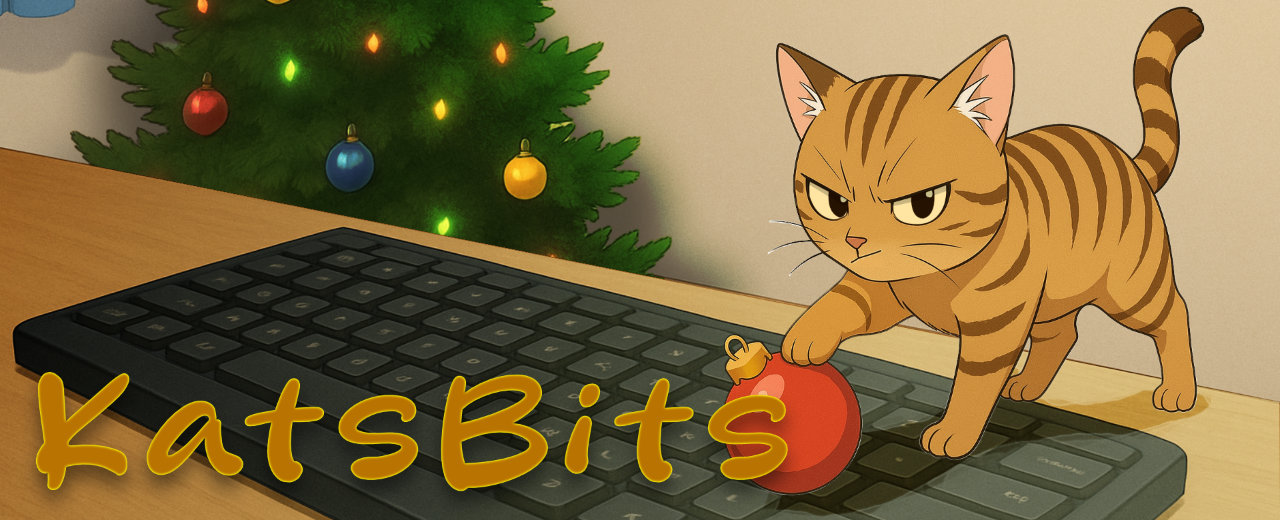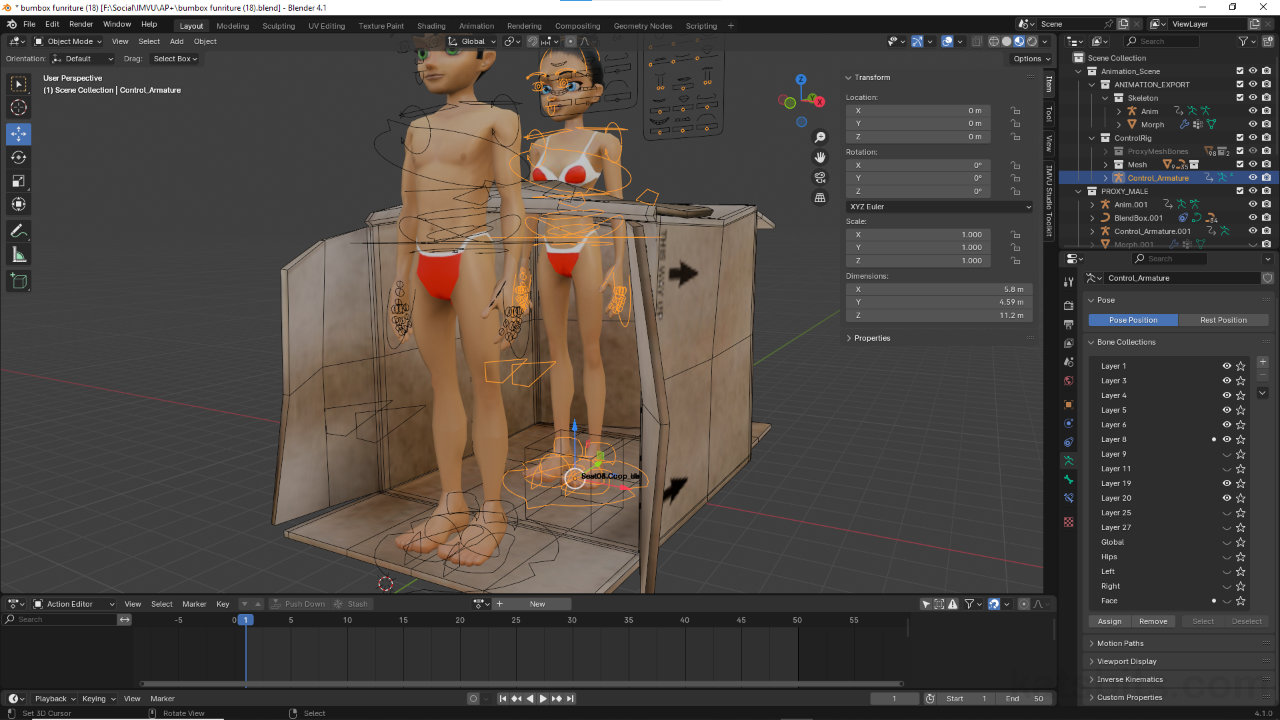Toolkit – Custom Poses & Alternative Furniture Setup
Table of Contents
Description
When setting up furniture to include custom avatar poses using IMVU Studio Toolkit for Blender, seat nodes are generally positioned relative to where the avatar is to appear, the avatar pose then being made relative to the seat nodes location and orientation. As an alternative to doing this, seat nodes can be co-located with the Root node (they’re in the same place), with the avatar pose then being used to determine correct placement.
Duration: total c. 5 mins (00:05:00).
Info: 1080p.
Suitability: Beginner+.
Source: n/a.
Product ID: n/a.
Design note: some additional considerations when setting up furniture to include custom avatar poses;
Seat Node Orientation
For ease of avatar pose/animation creation furniture seat nodes are normally positioned relative to where an avatar appears and the pose it strikes using a given spot. Typically this means the seat nodes Y-axis (green arrow when a node is selected) points backwards from the nodes Origin, the avatar faces forward from this. When positioning under this regime, seat nodes will be rotated, avatar pose or animation then being relative to the node. In other words Female03MasterRoot, the ‘root’ or ‘master’ bone of the avatar skeleton, aligns to this front/back axis, so to change the orientation of the avatar, the seat node is moved or rotated. This means when poses are created, care must be take to properly match the avatar positionally to the seat node else gaps may occur. The above alternative approach to setting up furniture avoids needing to do this.
Aside: for medium to large sized furniture, and especially rooms, it’s remains optimal to position seat nodes where they need to be, and create avatar poses relative to those locations – it’s not efficient or effective to create poses where the bones of the skeleton a extreme distances from Female03MasterRoot.
The general orientation of an avatar is determined by the seat node, the Y-axis (green arrow of the manipulation widget) being the ‘front/back’ direction.
Timestamps
Times are approximate;
– n/a



